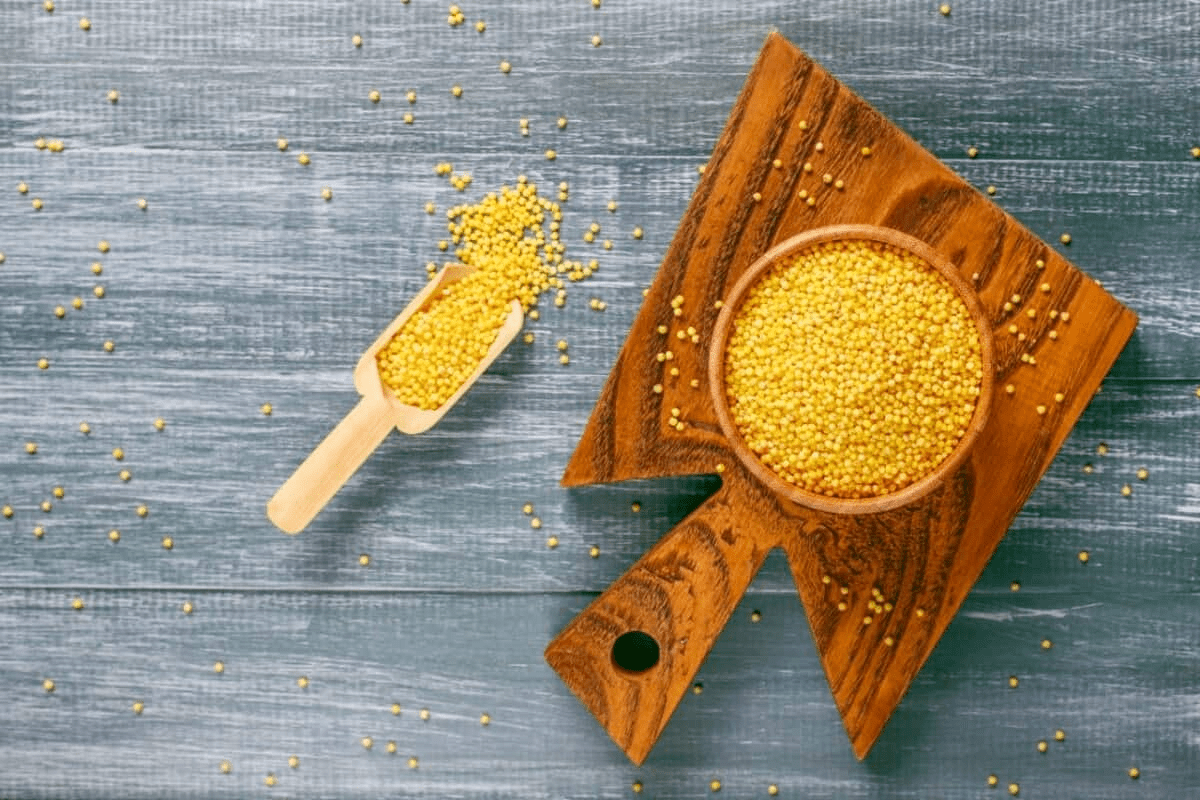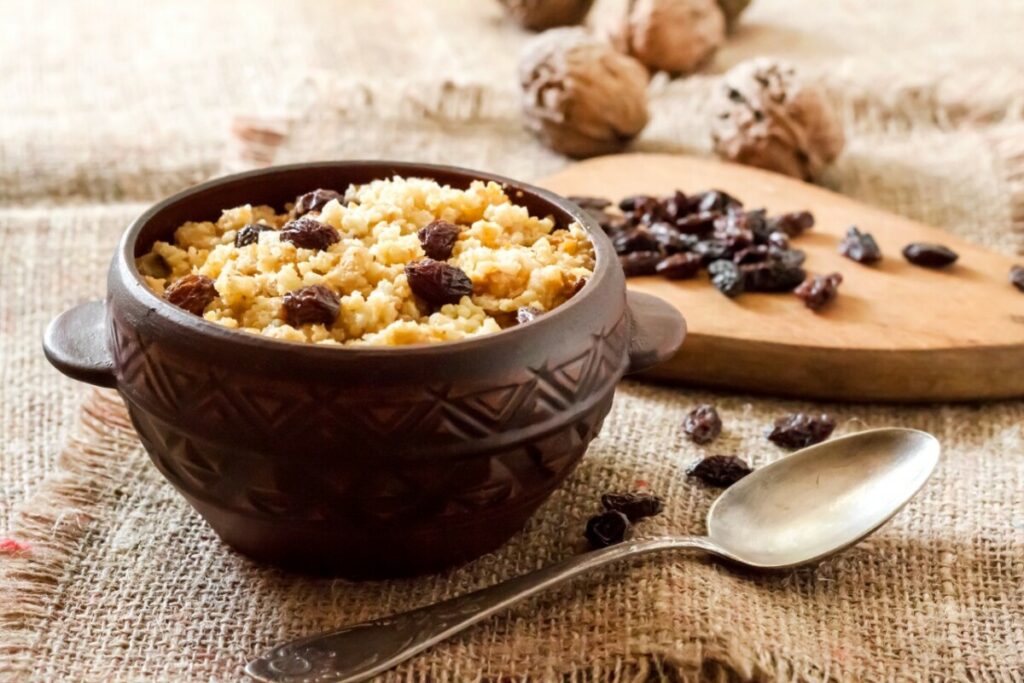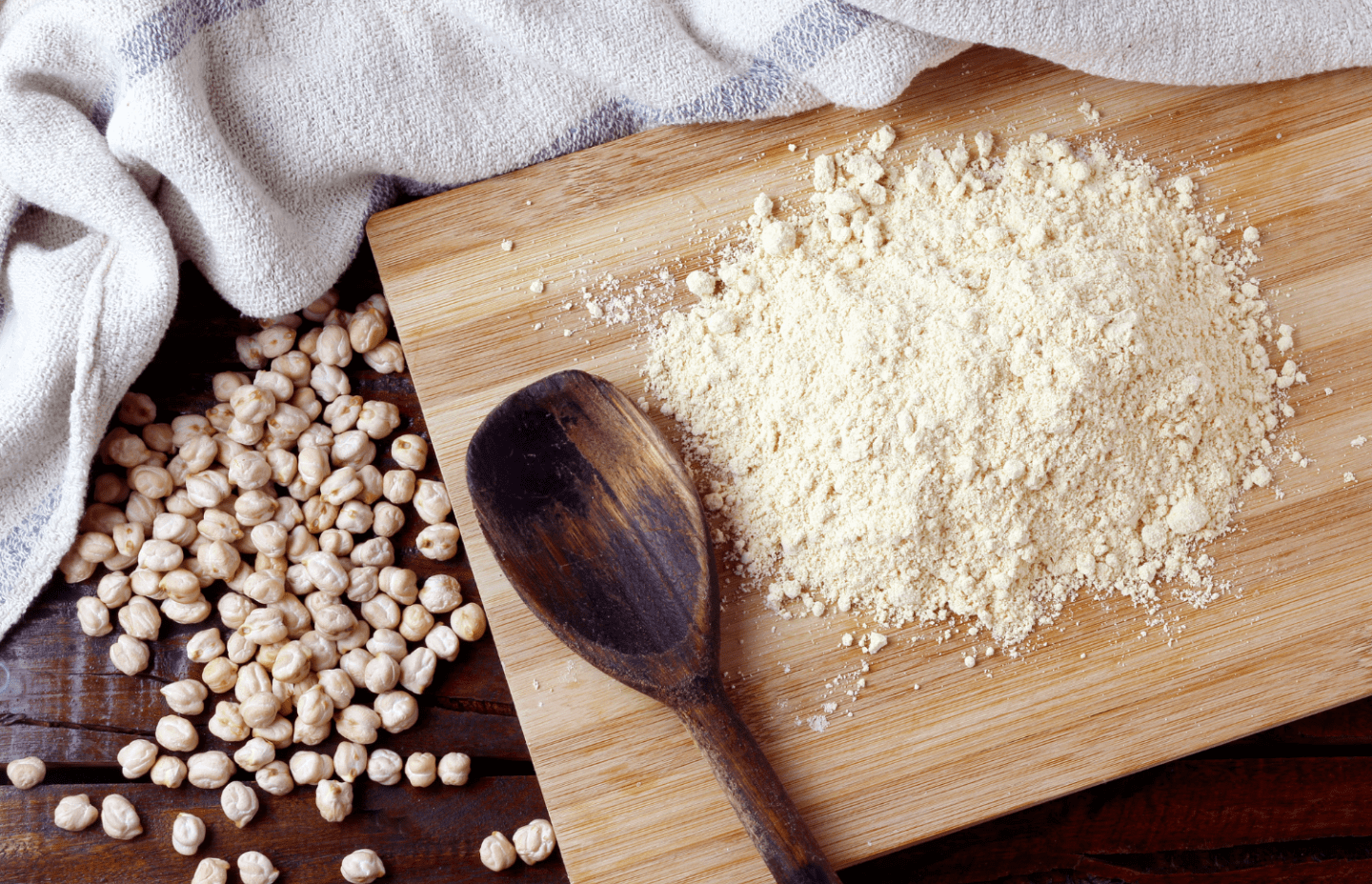
A majority of the millennials have taken to the healthy food revolution and are mindful about what they consume; concerned about how it affects their health and the environment. Traditional millets have found their way back into households quickly winning hearts with this smart generation for the all-around benefits it offers. The barnyard millet is a popular cereal or coarse grain with a very high nutritional value, versatility, and availability.
The Barnyard millet or Sanwa rice as it is popularly known has high levels of protein, calcium, iron, minerals, and vitamin B complex. It is also low in carbohydrates and gluten-free, making it a boon for those with gluten allergies, type II diabetes, and cardiovascular diseases. The Barnyard millet has the lowest carbohydrate content, is gluten-free, and has the highest energy value amongst all the varieties of millets; hence a popular choice for the health-conscious millennial generation. The barnyard millet tastes similar to broken rice when cooked and is a rich substitute for rice. It is often advised to prepare millets in the form of porridge to obtain the maximum nutrients from this wonder-grain!
Top health benefits of Barnyard Millet
- Low in calories :Barnyard millet is a good source of highly digestible protein and makes one feel light and energetic after consumption. A serving of barnyard millets (25g, raw) gives 75 calories and 1.5g of protein, 68 % carbohydrate, and less than 400 kcal/100 gms and is ideal for those who follow a diet. And no, Barnyard millet is not just a fasting millet; it is wholesome enough to be included in everyone’s daily meals across ages.
- Rich in dietary fiber : It is an excellent source of dietary fiber with a whopping 6.9gms per half a cup with a good balance of both soluble and insoluble fractions. The high fiber content in a meal helps in preventing constipation, excess gas, bloating, and unnecessary cramps caused.
- Low Glycemic Index : The carbohydrates in millets show a high degree of retrogradation of amylase, which facilitates the formation of higher amounts of resistant starch. Hence, it can be potentially recommended for patients with cardiovascular disease and diabetics as well. The barnyard millet improves carbohydrate tolerance among diabetics and plays in role in reducing blood sugar levels as well.
- Gluten-Free grain : Like all millets, the barnyard millet is appropriate for patients intolerant to gluten (those with celiac disease) or those who choose to follow a gluten-free lifestyle that eliminates wheat, barley, and other rye-based foods. The millet is easily available, quick to cook, and good to taste can easily become a wholesome alternative to rice, wheat, and other gluten-rich grains.
- Good Source of Iron : Some varieties of barnyard millet have been shown to contain high amounts of iron (18.6 mg in 100g of raw millet) -richest amongst all millets and cereal grains. Barnyard millet could be a good source of iron for vegetarians and can help enhance hemoglobin/serum ferritin levels in the blood.
How do you include this super-grain in your diet?

All millets need to be soaked to reap the maximum nutritional value from them after cooking. You could wash and soak this millet for about an hour or so and reduce its cooking time by a few minutes. On average, this millet takes about 20 minutes to cook. There you have it- you can directly replace it with rice and include it as part of all rice-based recipes. But remember that these grains are rounder smaller and cook soft. Alternatively, the whole grain of the sanwa millet or the barnyard millet may be ground to a fine flour and incorporated into various traditional preparations such as flatbreads, pancakes, and porridges as well.
The millennial-millet diet!
Noodles containing Barnyard millet flour combined with wheat flour are easily available off the shelves these days and can also be made from scratch at any time. Cook as per instructions, toss up a few veggies and minimal spices, lo! the naturally nutty flavor of the millet shines through the dish. Similarly, sushi, pasta, and a whole host of other fun foods of the gen-next can be easily substituted with the barnyard millet and indulged in guilt-free.
Health and weight management, as we repeatedly iterate, need to be an outcome of sustainability and wholesome consumption of food. Starving and refraining from a certain class of foods never yields. Millet is proven to work wonders in weight management nutrition and energy levels and is deliciously healthy. If this is not a win-win, what is?







